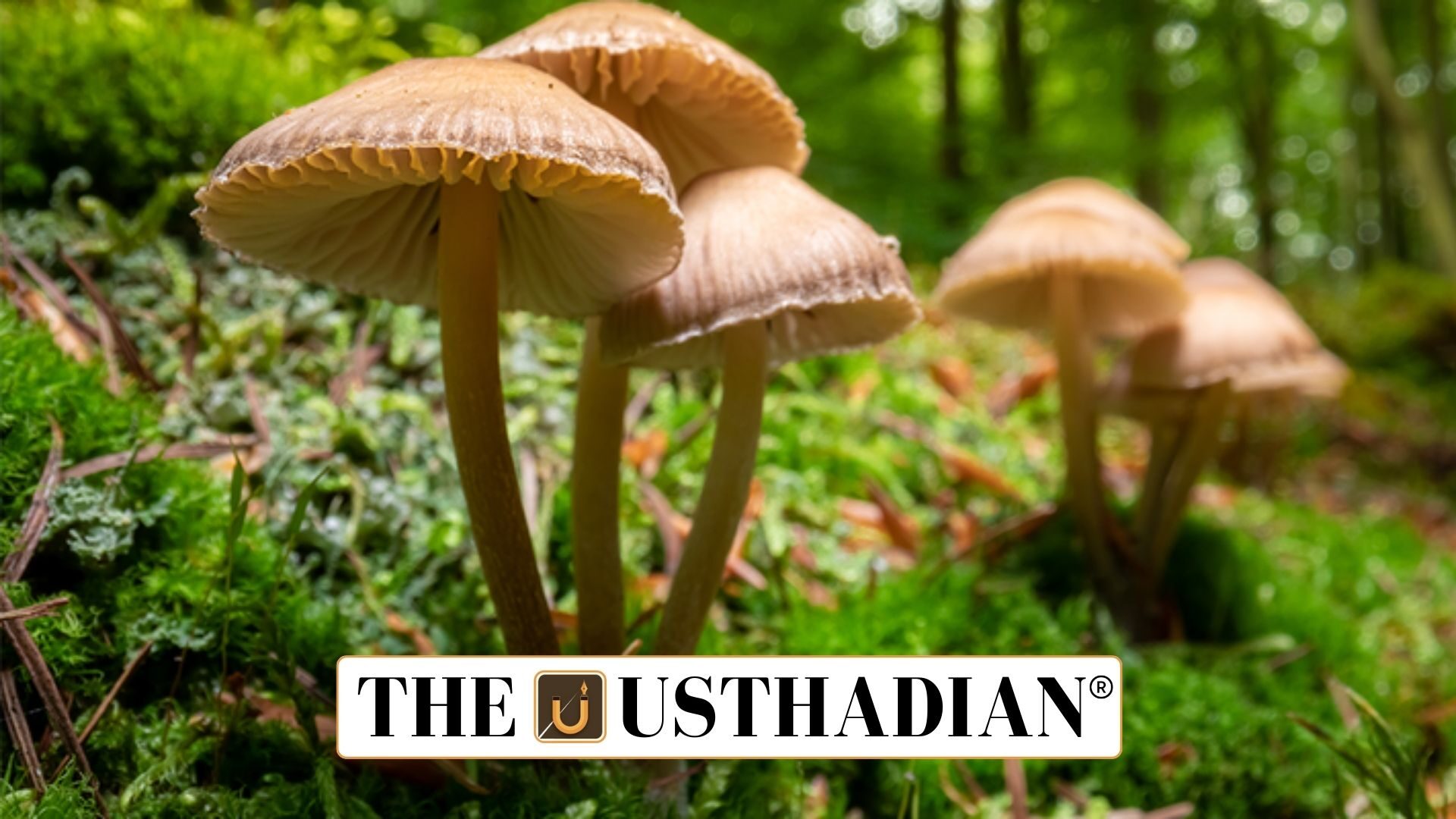Discovery and Scientific Validation
New Edible Mushroom Found in Meghalaya Forests: The rain-soaked pine forests of the East Khasi Hills in Meghalaya have yielded a new edible mushroom species, Lactifluus khasianus. Locally known as Tit iongnah, it was previously recognized by Khasi tribal communities. Researchers from the Botanical Survey of India’s Eastern Regional Centre, St. Xavier’s College (Dumka), and Mahidol University, Thailand, confirmed the discovery using DNA sequencing, microscopic examination, and field surveys.
This mushroom belongs to the milkcap genus Lactifluus, section Gerardii. It is distinct for its chocolate-brown cap and larger cystidia. The fungus grows symbiotically with Khasi pine trees at altitudes around 1,600 metres.
Static GK fact: Lactifluus is a globally recognized milkcap genus with multiple edible and medicinal species.
Importance to Khasi Tribal Communities
For the Khasi people, Tit iongnah is a seasonal food traditionally collected during the monsoon. It is sold in local markets and forms a crucial part of tribal diets, providing protein and essential micronutrients.
This discovery highlights how indigenous knowledge predates scientific classification and contributes to sustainable food practices. It also preserves ecological wisdom passed through generations.
Static GK Tip: Indigenous food practices often provide valuable insights into regional biodiversity and nutrition.
Contribution to Indian Mycology
Lactifluus khasianus is the fifth species of its section recorded in India and the first confirmed edible one. Meghalaya, part of the Indo-Burma biodiversity hotspot, hosts over 34 documented Lactifluus species.
This discovery underscores Meghalaya’s significance in fungal biodiversity and expands the known edible fungi in India. It reinforces the state’s role as a hub for mycological research and biodiversity documentation.
Static GK fact: India’s fungal diversity is concentrated in the Western Ghats and Northeast, with over 27,000 fungal species reported nationally.
Conservation and Scientific Implications
Documenting new fungal species strengthens forest conservation by safeguarding local ecosystems and food traditions. It promotes sustainable harvesting while providing potential applications in nutrition and medicine.
The collaboration between tribal knowledge and scientific research demonstrates a model for protecting biodiversity and advancing ecological understanding.
Static GK Tip: Fungal studies are vital for ecosystem health, medicine, and food security in biodiversity hotspots.
Static Usthadian Current Affairs Table
New Edible Mushroom Found in Meghalaya Forests:
| Table | Detail |
| Topic | New Edible Mushroom Found in Meghalaya Forests |
| Species Name | Lactifluus khasianus |
| Local Name | Tit iongnah |
| Location | East Khasi Hills, Meghalaya |
| Altitude | Around 1,600 metres |
| Key Institutions | Botanical Survey of India, St. Xavier’s College (Dumka), Mahidol University |
| Genus | Lactifluus, section Gerardii |
| Tribal Importance | Seasonal food, source of protein and micronutrients |
| Biodiversity Significance | Fifth species in section recorded in India, first edible |
| Conservation Impact | Supports forest conservation, sustainable harvesting, and ecological research |








